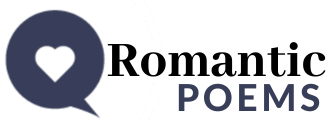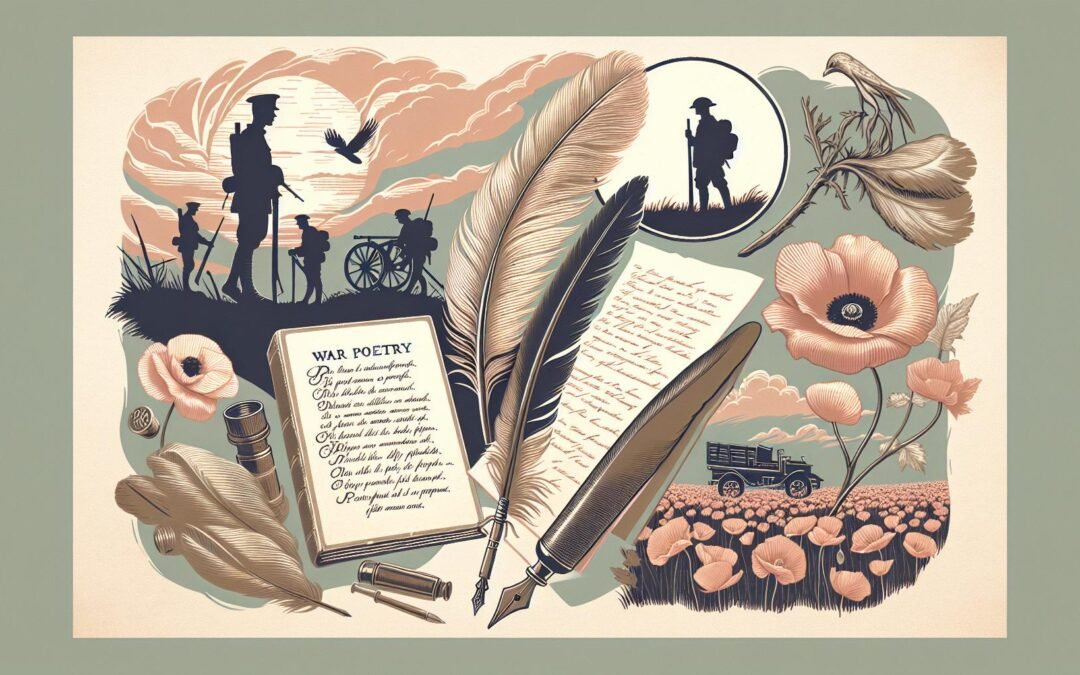War poetry changes the language of grief and valor throughout history, creating an evolving literary tradition reflecting violence, trauma, heroism, and loss. Its ancient sources shape both Western and global canons, infusing forms from epic mediums to fractured free verse. Poets have always encoded influences from Alfred Lord Tennyson and Wordsworth to Emily Dickinson and Vera Brittain, illuminating both the communal and private consequences of conflict.
War Poetry: Historical Perspectives and Transformations
Epic traditions serve as foundations for war poetry, with Homer’s Iliad and Virgil’s Aeneid illustrating the fierce interplay between personal ambition, divine intervention, and the communal fabric of ancient societies. While Virgil’s Aeneid was produced in the first century BCE as a literary epic, its exploration of conflict and exile functions both as cultural mythologizing and commentary on empire. Importantly, major non-Greek works such as the Mahabharata and Shahnameh form parallel epic traditions, expanding the genre’s global lineage. Old English texts including Beowulf and The Battle of Maldon infuse martial valor with mortality, their rhythms threading communal heroism with sorrow and doubt.
Medieval and early modern poetry takes war across genres and continents. French chansons de geste like Chanson de Roland intermingle faith, feudal duty, and tragedy, while Middle English and Norse sagas render battle as a spiritual ordeal. The genre absorbs elements from Asian and Middle Eastern forms, as seen through Persian and Arabic elegies on conquest and resistance. The works of Marlowe, Shakespeare, and Spenser revive epic and dramatic conventions, displaying moral ambiguity alongside chivalric codes. John Milton’s Paradise Lost recasts rebellion as an existential struggle, and Marvell’s satires elucidate the fissures war inflicts upon political consciousness. Court poetry of these periods often intertwines the heroics of tournament and battlefield with romance, much as seen in romantic poems to make her cry.
Enlightenment poets approach war as a subject weighted by empirical inquiry and skepticism. Poetic formality encases both honor and irony, exemplified in British and Continental elegists and satirists. The Napoleonic period draws Romantic poets toward visceral critique. Byron, Shelley, and Wordsworth interrogate the nature of violence with acute lyricism, bridging spectacle with the personal cost of war. American and Russian poets, along with Latin American and African writers, challenge military heroism through themes of loss and revolution, a focus echoed in the rhyming poetry about love that elevates personal emotion within public narrative.
The modern era fractures historical continuity in war poetry. Walt Whitman’s meditations on the Civil War bind tragedy to hope. Emily Dickinson’s spectral commentaries introduce obliqueness, psychological tension, and a heightened interiority. World War I poets deploy innovative rhythms, satire, and firsthand testament, exposing the disastrous impact of mechanized violence and moral dislocation. Women poets such as Vera Brittain and May Wedderburn Cannan emerge during these years, voicing trauma from the home front and hospital, complicating conventionally male perspectives. Later, the Spanish Civil War, World War II, and postcolonial conflicts multiply sources, drawing in voices across Europe, Asia, Africa, the Americas, and Oceania. Genres flourish: elegy, ode, villanelle, haiku, and free verse all reflect this restless evolution.
Principal Movements and Cultural Contexts
Throughout the twentieth and twenty-first centuries, global voices increasingly define war poetry. Poets from Asia, the Middle East, Africa, and the diaspora write elegies of exile, protest, and survival, deepening the tradition’s reach beyond Eurocentric boundaries. Intersections of civilian and soldier testimony highlight complex long-term consequences of state violence, genocide, and occupation. Postcolonial and indigenous authors critique empire, memorialization, and silenced histories, extending the genre into new terrains of resistance.
Thematic Innovations in War Poetry
Core themes of war poetry traverse eras, but every generation reimagines these pillars to address new paradigms. Patriotism, heroism, and sacrifice surface alongside disillusionment, trauma, and loss. Friendship, love, familial care infuse martial narratives, sometimes blurring battle with home life as evocatively as the verses at romantic poems for wife. Recent poetry grapples with gender, race, class, and sexuality as central axes, confronting inherited myths with firsthand complexity.
Coding of patriotic ideologies distinguishes periods of consensus from eras of dissent. Early works valorize duty, national identity, and collective myth, as seen in Tennyson’s The Charge of the Light Brigade. Modern poets like Sassoon invert such rhetoric, employing irony and subversion to dissect the cost of belief. War poetry’s rhetorical tools become weapons for or against the state, mirrored by the tension found in best contemporary poets whose works critique national narratives.
The experience of trauma becomes manifest both thematically and formally. Lyric testimonies of psychological injury dominate the twentieth century, spanning the poems of Wilfred Owen and Dana Gioia to those of Layli Long Soldier and Warshan Shire. These poets fracture syntax, shatter narrative cohesion, and construct voices haunted by memory. Trauma resists redemption, appearing instead as a wound shaping language and form inextricably. Loss, grief, and camaraderie offer fragile counterweights to horror, shaping the elegiac strain stretching from Sappho to modern antiwar collections.
Contemporary war poetry amplifies civilian perspectives. Refugee experience, generational memory, and bystander complicity crowd the page. Modern conflicts, from the Middle East to the Balkans and sub-Saharan Africa, yield poems of witness, resistance, and mourning. Poets across genders embed unique perspectives, wresting away singular focus from the soldier’s immediate point of view to embrace caregivers, lovers, children, and the bereaved. The elegy attains new dimensions with these varied voices.
Formal Adaptations and Techniques
War poetry continually rethinks its forms to embody new realities. Early works display epic and ballad forms, as at ballads, then adapt sonnet, ode, villanelle, ghazal, and free verse structures. During eras of industrialized violence, syntax explodes, rhyme falls away, and caesurae mirror the disruptions of war. Poets like Isaac Rosenberg and Keith Douglas employ enjambment and silences to evoke unpredictability. Visual and auditory imagery dominates, channeling the overwhelming sensory input of violence into phrases such as Owen’s “the monstrous anger of the guns.” Metaphoric networks become tools for association, contradiction, or subversion, their versatility explored in articles about metaphors in poetry and metaphorical thinking. Symbolic language mutates: rivers, poppies, and birds mutate from symbols of hope to signifiers of trauma and memory.
Irony and satire cut against triumphalism, exposing abuses of power, manipulation, and the hypocrisy of propaganda. From Alexander Pope to modern voices, the genre’s shift from epic celebration to bitter skepticism defines it as a device for ethical dissent. Satirical and anti-heroic tones replace romantic assurance, offering a register for writers working in the shadow of failed causes and endless aftermaths. Voice and narration push against fixed perspectives: multi-voiced poems, unreliable narrators, and ventriloquized testimonies populate both classical and modern collections. Prosody maps effect on affect: rhythms echo marching boots, caesurae signal death’s interruption, spondees reinforce urgency, and silence registers unspeakable horror.
The Canon of War Poets: Ancient to Contemporary
Classical authors remain central. Homer’s Iliad and Virgil’s Aeneid narrate the full scope of war, blending individual yearning with sociopolitical consequence and the machinations of destiny. The Mahabharata and Shahnameh enlarge this canon, offering non-Western visions of martial struggle, dharma, and sacrifice. Medieval contributors include the unknown author of The Battle of Maldon, Chanson poets, and Dante, whose Divine Comedy holds echoes of political warfare and spiritual victory. Spenser, Milton, Marvell, and Shakespeare shape early modern traditions, their works reflecting the interplay of power and ethical ambiguity.
Twentieth-century canonical status belongs to poets like Wilfred Owen, Siegfried Sassoon, Isaac Rosenberg, Randall Jarrell, and Vera Brittain, each found in discussions of women poems or British and American anthologies. Poets from the Spanish Civil War, World War II, Vietnam, and postcolonial conflicts (Paul Celan, Denise Levertov, Yusef Komunyakaa, Mahmoud Darwish) extend the canon worldwide. Modern and postmodern authors, including Layli Long Soldier and Ilya Kaminsky, revolutionize diction and perspective. Translation, recuperation of marginalized voices, and resistance to official memory have become central topics for critics, inflected by trends shaping the selection and education surrounding the canon.
Contemporary anthologies increasingly foreground works by women, queer poets, civilians, and writers from the Global South. Testimony becomes as authoritative as traditional heroics; the landscape shifts with every major conflict. Communities of survivors, witnesses, and activists now populate the tradition, changing the terms upon which war poetry is written, read, and remembered. Resources like Poetry Foundation and the Imperial War Museum archive chronological spans and thematic breadth, providing global context to enrich further engagement.

